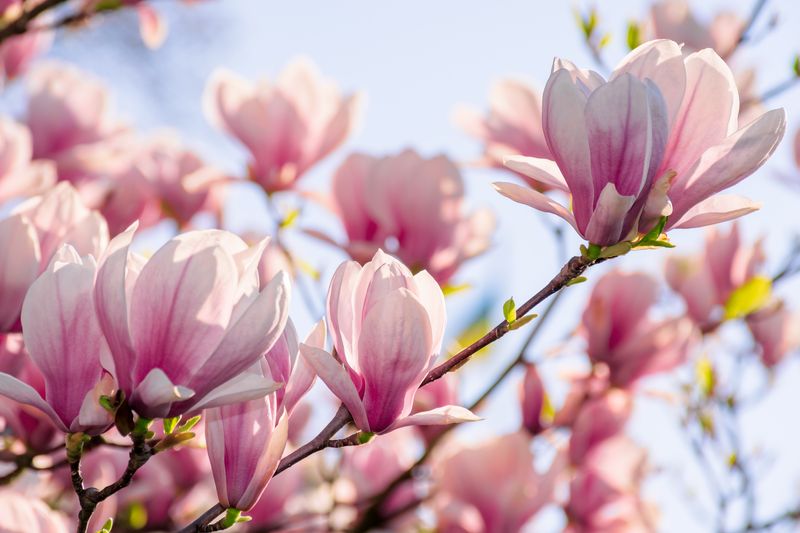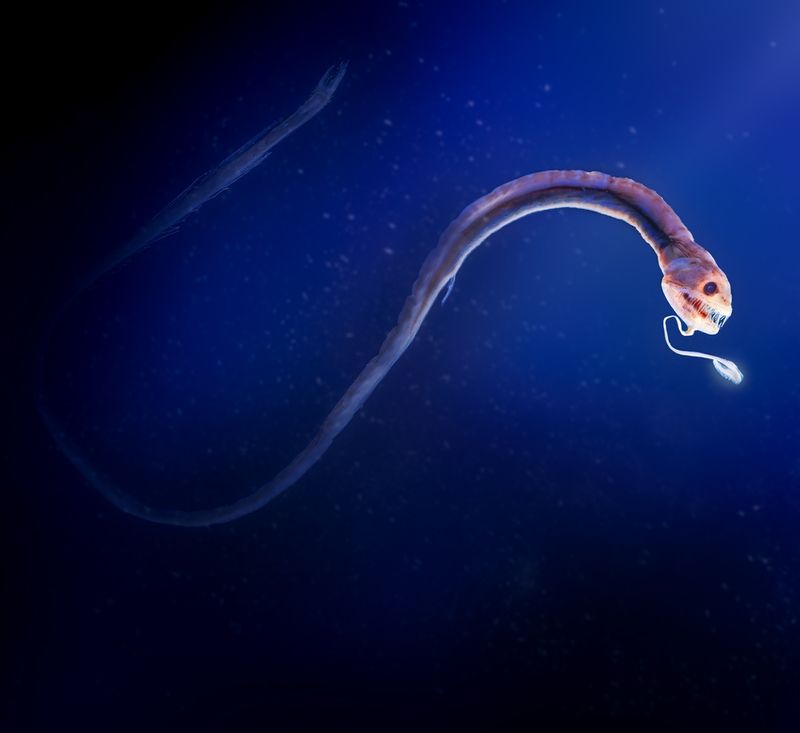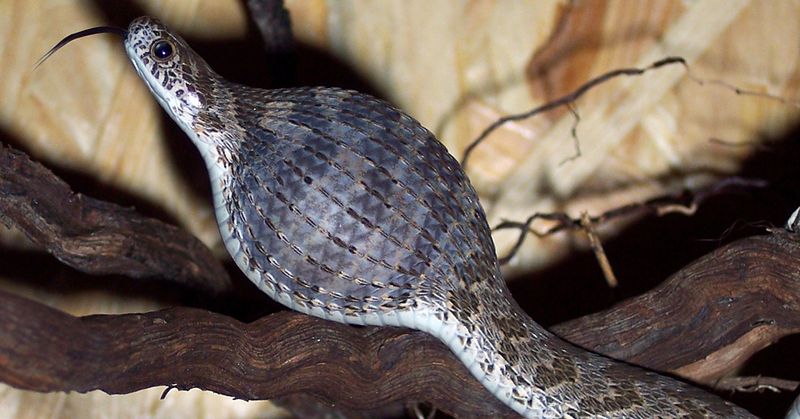The mass extinction event that killed the dinosaurs is thought to have wiped out nearly 75 percent of all animal species alive at the time. The same is not true for the plant species, however, as new research suggests that the Cretaceous-Palaeogene extinction event (K-Pg), while wiping out local plant species, did not have the same impact on major flowering plant lineages.
“It’s just bizarre to think that flowering plants survived K-Pg when dinosaurs didn’t,” Dr Jamie Thompson, an evolutionary biologist at the University of Bath and first author of the study, told the New York Times.
Flowering plants, known as angiosperms, are difficult to keep track of throughout history because they do not fossilize as well as the skeletons of animal species. To make this discovery, the researchers analyzed the evolutionary trees of up to 73,000 living species of angiosperms. Birth-death models were then fitted to estimate the rates of extinction throughout that time scale.
"After most of Earth's species became extinct at K-Pg, angiosperms took the advantage, similar to the way in which mammals took over after the dinosaurs, and now pretty much all life on Earth depends on flowering plants ecologically," Thompson said in a statement.
The team found that though some species did disappear in the extinction, the families and orders to which these species belonged managed to survive. What's more, angiosperms began to dominate. The team suggest that these major orders originated around the time of the dinosaurs, survived the K-Pg, and then began to flourish during the Palaeocene.
The ancestors of popular and well-known species, like mint, magnolia, and orchids, would have all been alive at the same time as the dinosaurs, but managed to persist after the extinction event. Today angiosperms represent approximately 78 percent of all terrestrial plant species.
While conifers, fishes, and the non-avian dinosaurs suffered losses in their major orders and lineages, angiosperms continued to thrive. This may in part be due to their adaptations for pollination including wind dispersal and insect pollination methods.
Co-author Dr Santiago Ramírez-Barahona said: "Flowering plants have a remarkable ability to adapt: they use a variety of seed-dispersal and pollination mechanisms, some have duplicated their entire genomes and others have evolved new ways to photosynthesise. This 'flower power' is what makes them nature's true survivors."
The paper is published in Biology Letters.




